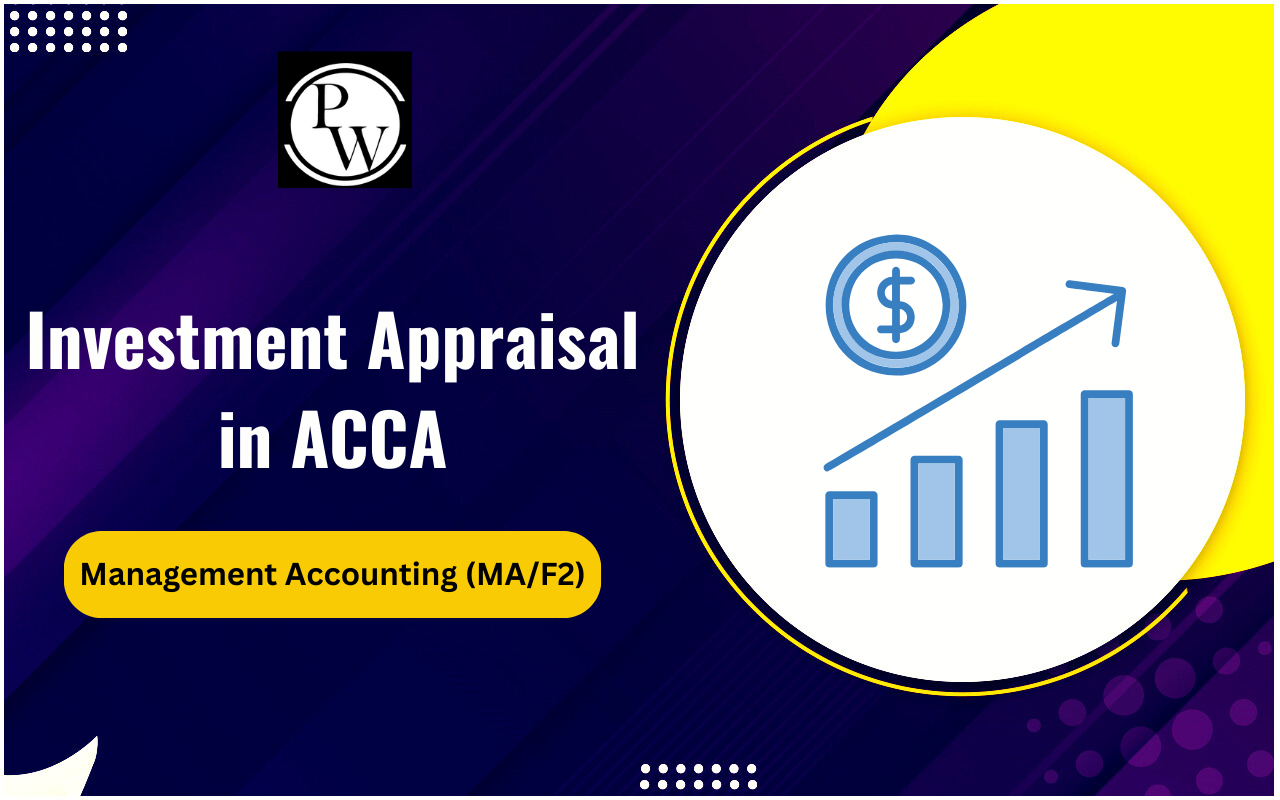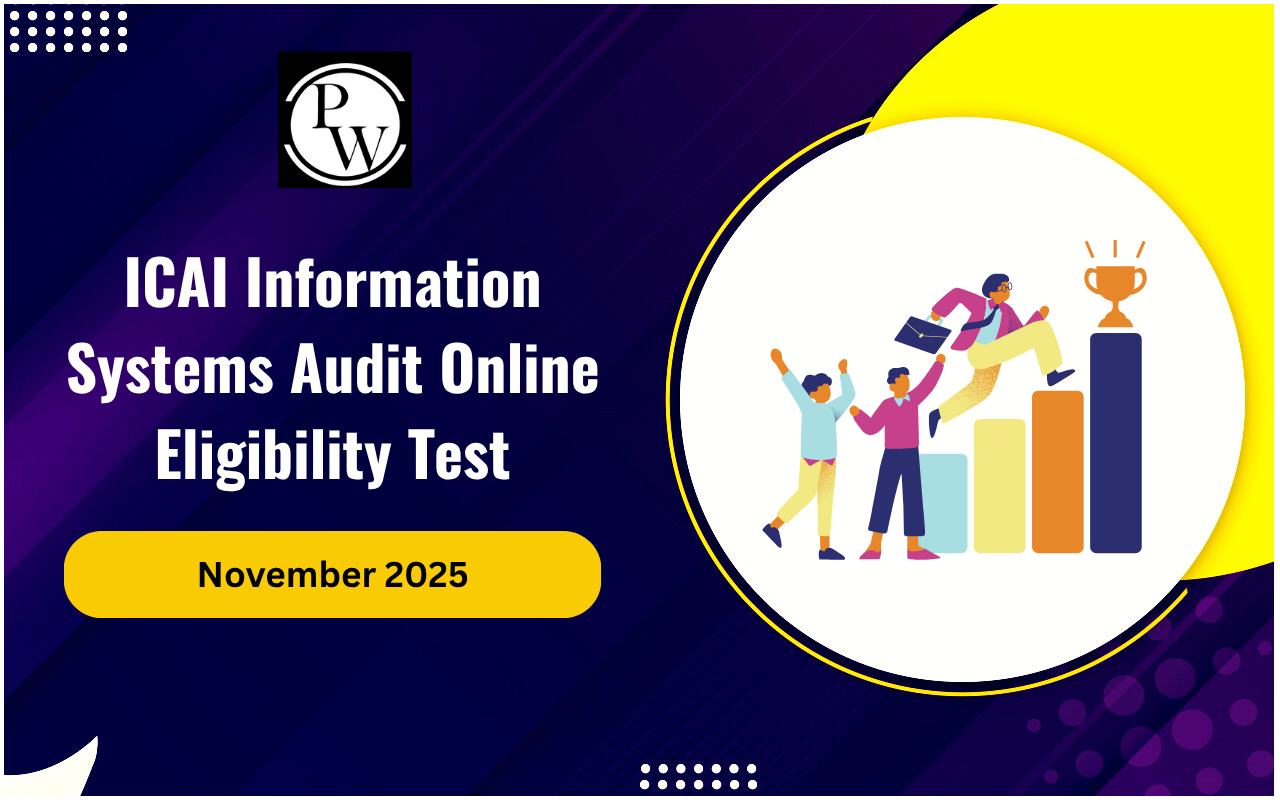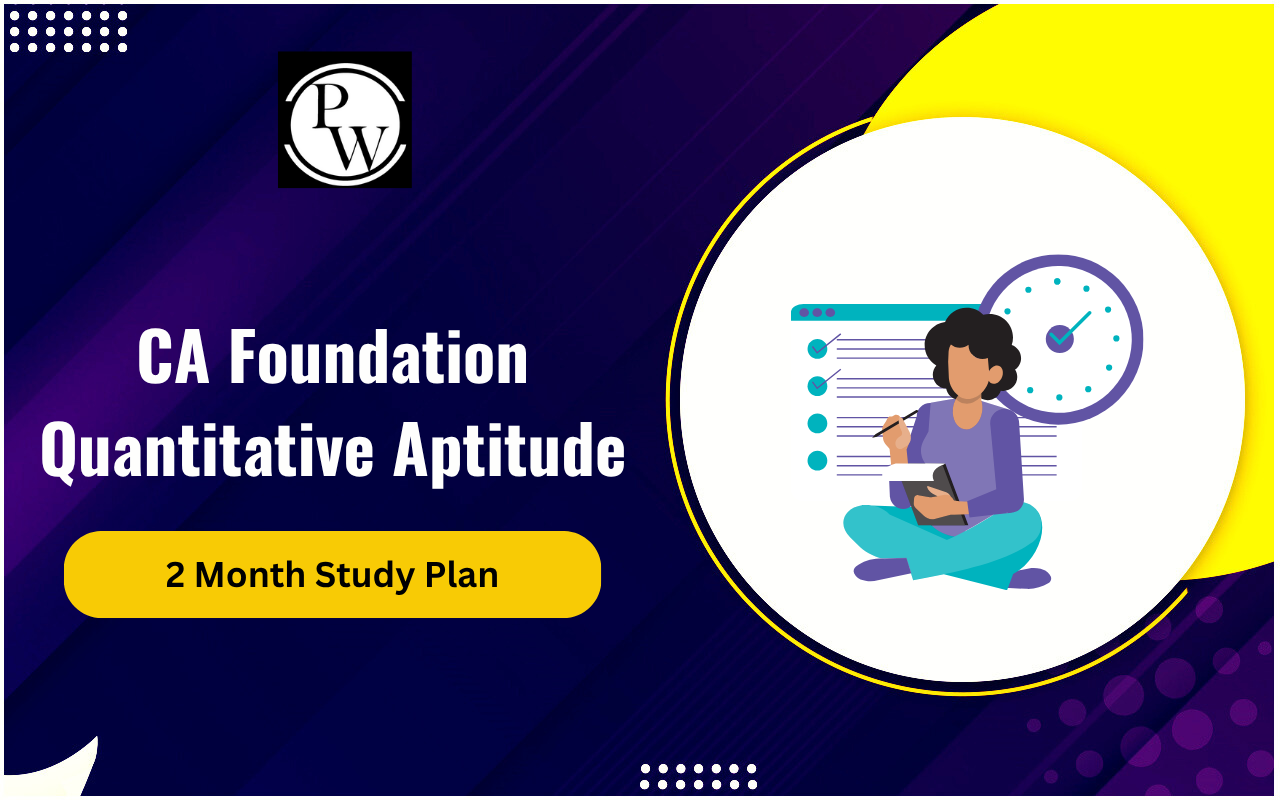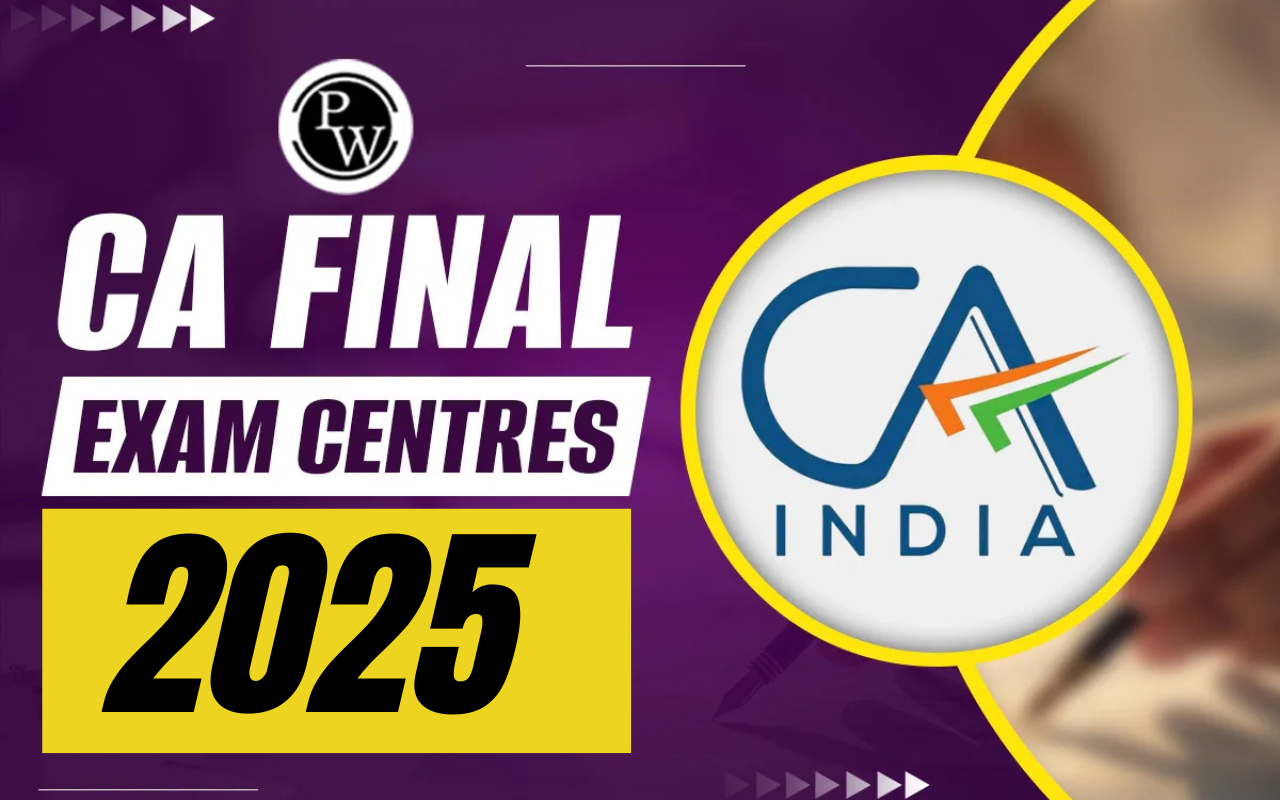
The Audit of Items of Financial Statements is an essential process that ensures the accuracy and fairness of an organization's financial position. For aspiring Chartered Accountants, understanding this audit process is crucial for CA exam, as it forms a significant part of financial reporting and regulatory compliance.
Financial statements form the backbone of any business, helping stakeholders assess performance, profitability, and compliance. Auditors play a crucial role in verifying these statements, ensuring they provide a true and fair view of a company's financial health. Whether it's assets, liabilities, income, or expenses, every item requires meticulous examination to detect errors, fraud, or misstatements.
Audit of Items of Financial Statements
The Audit of Items of Financial Statements is critical to ensuring transparency, accuracy, and compliance with accounting standards. It helps in detecting fraud, preventing financial irregularities, and improving investor confidence. Every organization must undergo a financial audit to maintain credibility and avoid legal repercussions.
An effective audit provides assurance to stakeholders that the financial statements are free from material misstatements. It also enhances corporate governance by ensuring that management follows ethical accounting practices.
Key Items in the Audit of Financial Statements
Auditors follow a structured approach to examine various financial components, ensuring compliance with regulations and accurate financial reporting. Each item requires careful verification to prevent errors, fraud, and misstatements.
1. Audit of Assets
The verification of assets is a crucial part of the Audit of Items of Financial Statements. It involves examining tangible and intangible assets to ensure they are accurately recorded and exist as per the financial records.
Audit of Fixed Assets
Auditors verify the existence, valuation, and depreciation policies of fixed assets. They inspect purchase invoices, physical verification reports, and asset registers to confirm accuracy.
Audit of Inventory
Inventory audit includes valuation checks, stock verification, and ensuring compliance with relevant accounting standards such as AS 2 or Ind AS 2.
Audit of Receivables
Accounts receivable must be verified by reviewing outstanding balances, confirmation letters, and bad debt provisions. Any discrepancies must be investigated to prevent revenue misstatements.
2. Audit of Liabilities
Liabilities reflect a company's financial obligations, making them a crucial aspect of the Audit of Items of Financial Statements. Ensuring that liabilities are recorded accurately is essential for a fair representation of the financial position.
Audit of Borrowings
Auditors verify loan agreements, interest calculations, and compliance with banking covenants to ensure liabilities are properly disclosed.
Audit of Trade Payables
Trade payables must be verified for completeness, cut-off accuracy, and existence through supplier confirmations and reconciliation statements.
3. Audit of Income and Expenses
Revenue and expenses significantly impact an entity’s financial statements, making their verification a critical part of the Audit of Items of Financial Statements.
Audit of Revenue
Revenue recognition must align with applicable accounting standards such as Ind AS 115. Auditors examine sales invoices, revenue contracts, and cut-off testing to ensure accuracy.
Audit of Expenses
Expenses must be validated for their authenticity, classification, and compliance with expense policies. Auditors examine vouchers, invoices, and supporting documents to confirm legitimate spending.
4. Audit of Equity and Reserves
Equity and reserves reflect the financial stability of an organization, making them an essential component of the Audit of Items of Financial Statements.
Audit of Share Capital
Auditors verify authorized and issued share capital through shareholder registers and regulatory filings.
Audit of Reserves and Surplus
Reserves are reviewed to ensure accurate appropriation and compliance with statutory regulations.
Also Check: Process And Operation Costing
Challenges in the Audit of Items of Financial Statements
Auditors often encounter various obstacles while conducting the Audit of Items of Financial Statements. These challenges range from navigating regulatory complexities to ensuring accurate financial reporting amidst dynamic business environments.
Complex Transactions
Many organizations engage in complex transactions, including mergers and acquisitions, which require extensive audit scrutiny to ensure proper accounting treatment.
Regulatory Compliance
Keeping up with changing regulations and accounting standards can be challenging for auditors, requiring continuous learning and professional judgment.
Fraud Detection
Detecting fraud and misstatements is a significant challenge. Auditors must apply analytical procedures, forensic techniques, and risk assessment strategies to identify potential fraud indicators.
The Audit of Items of Financial Statements is a crucial practice that safeguards financial transparency and accountability. It ensures that businesses operate ethically and comply with regulations, strengthening investor confidence. Aspiring Chartered Accountants must develop a thorough understanding of auditing principles, techniques, and compliance requirements to excel in their careers.
If you're preparing for your CA exams and want guidance, PW CA Courses provide the learning experience, ensuring you prepare for your exams.
| Also Check: | |
| Employee Costs and Direct Expenses | |
| Deductions from Gross Total Income | Assets Based Accounting Standards |
| Cost and Management Accounting | E-Way Bill |
Audit of Items of Financial Statements FAQs
What is the Audit of Items of Financial Statements?
Why is auditing financial statements important?
What are the main components of an audit?
How do auditors verify financial transactions?








